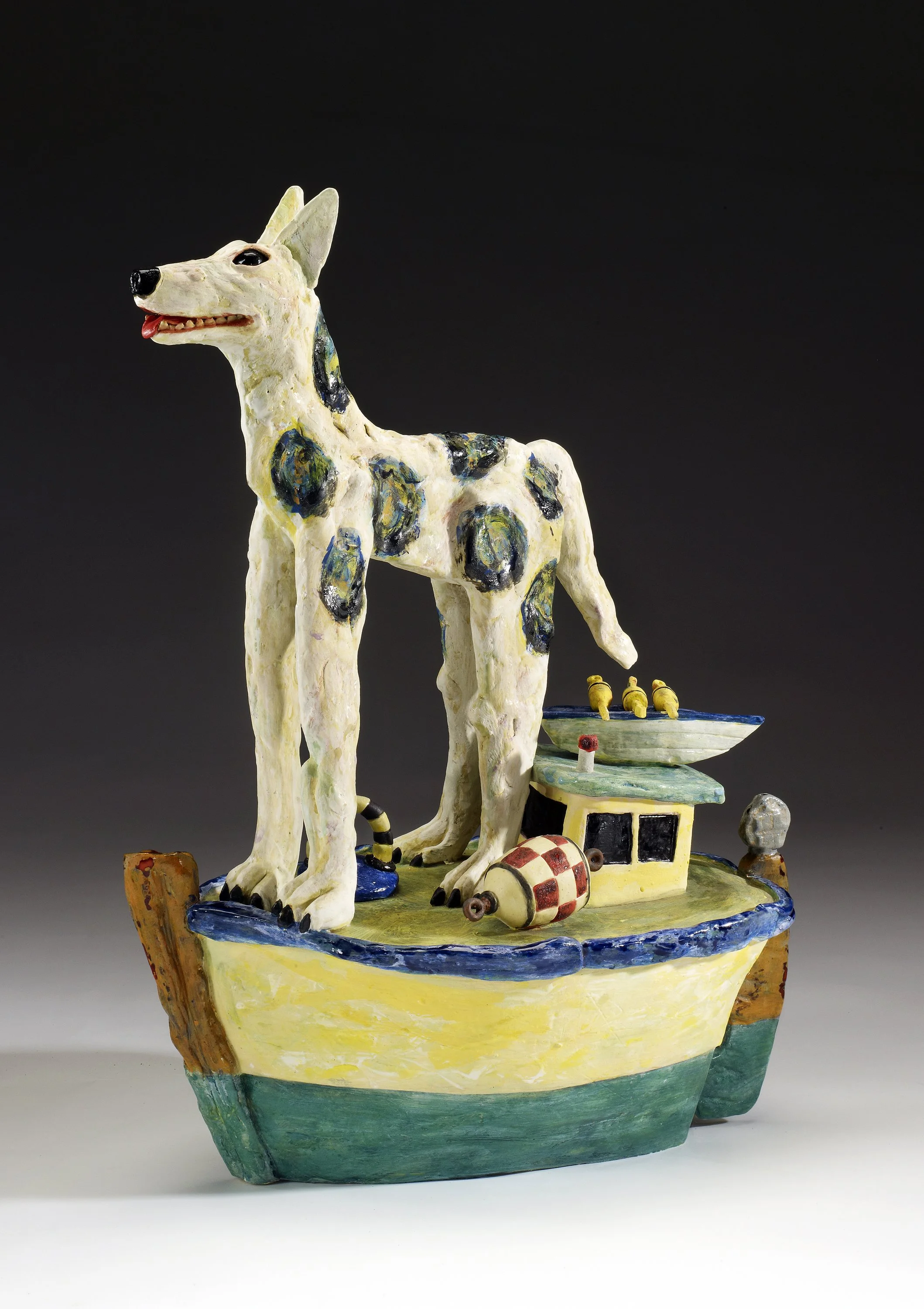Gallery 1337 is our flagship gallery at the heart of Art Works Downtown. Facing Fourth Street and serving as the main entrance, Gallery 1337 showcases an ever-changing mix of traditional, contemporary, and cutting-edge art by a diversity of Bay Area artists. Visitors encounter dynamic group shows, high-concept exhibits, and thought-provoking themes that reflect the pulse of today’s art scene.
Upcoming Exhibits
October 3–November 14: Joy
November 21, 2025–January 24, 2026: The Art of Giving: Small Works Exhibit
Gallery 1337
Portraits
Peter Moen, Ordinary People, oil on canvas, 56” x 44”
This exhibition presents an exploration of portraiture, inviting artists to push beyond convention and examine identity through a contemporary lens. The selected works demonstrate diverse approaches that reflect the complexity of selfhood and representation in our current sociopolitical climate. The range of media and perspectives offers meaningful insight into personal and collective narratives and reflects the richness of the Bay Area’s artistic community. This exhibition highlights portraiture’s evolving role in articulating who we are and how we relate to one another.
Artists:
Suzanne Anderson-Carey, Robert Anke, Nancy Bardach, Annie Bates-Winship, Benjamin Benet, Tori Berghoff, Kim Boerner, Saranya Chandrasekaran, Alejandra Chavez, Lorraine Curtis, Nimisha Doongarwal, Gina Gaiser, Gail Galli, Cheryl L. Guerrero, Karl Hauser, Brian Hite, Artemis Jones, Ambareen Kazmi, Christopher Keating, Kate Kiselow, Leslie Laurence, Michael Manente, Sanda Manuila, Ezra Mara, Audrey Martin, Barbara McLain, Advay Mengle, Peter Moen, Audrey Ni, Mia Rassam, Xioneida Ruiz, Meghna Sharma, Talon she-her, Carol Thomas, Kathryn Wills
Juror:
Emilee Enders, Curator of Exhibitions and Programs, Bedford Gallery
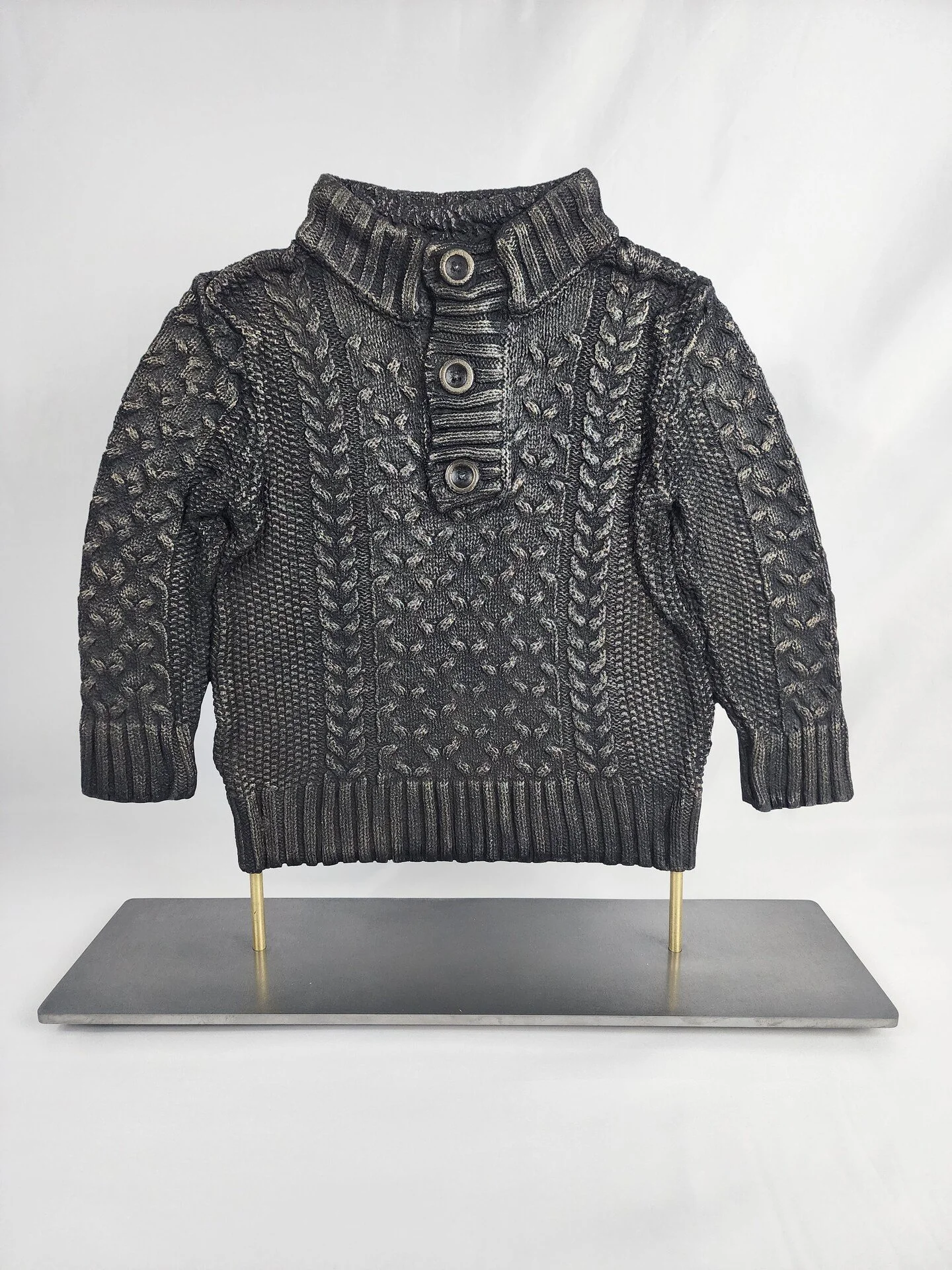
Christopher Keating, Heirloom, 2025, cast iron, 18.5" x 19" x 5"
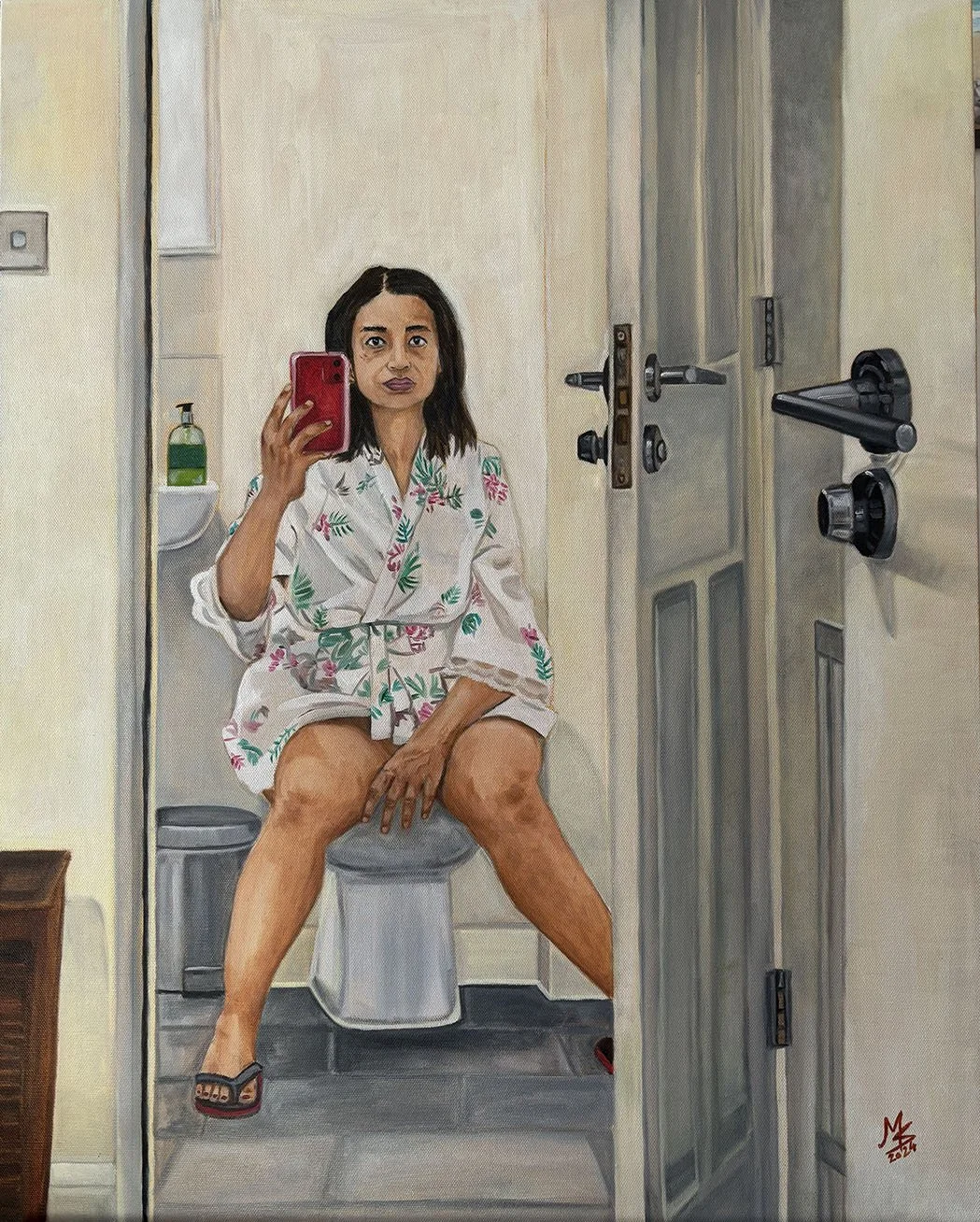
Meghna Sharma, As I Am, 2024, oil on canvas, 36" x 24" x 1"
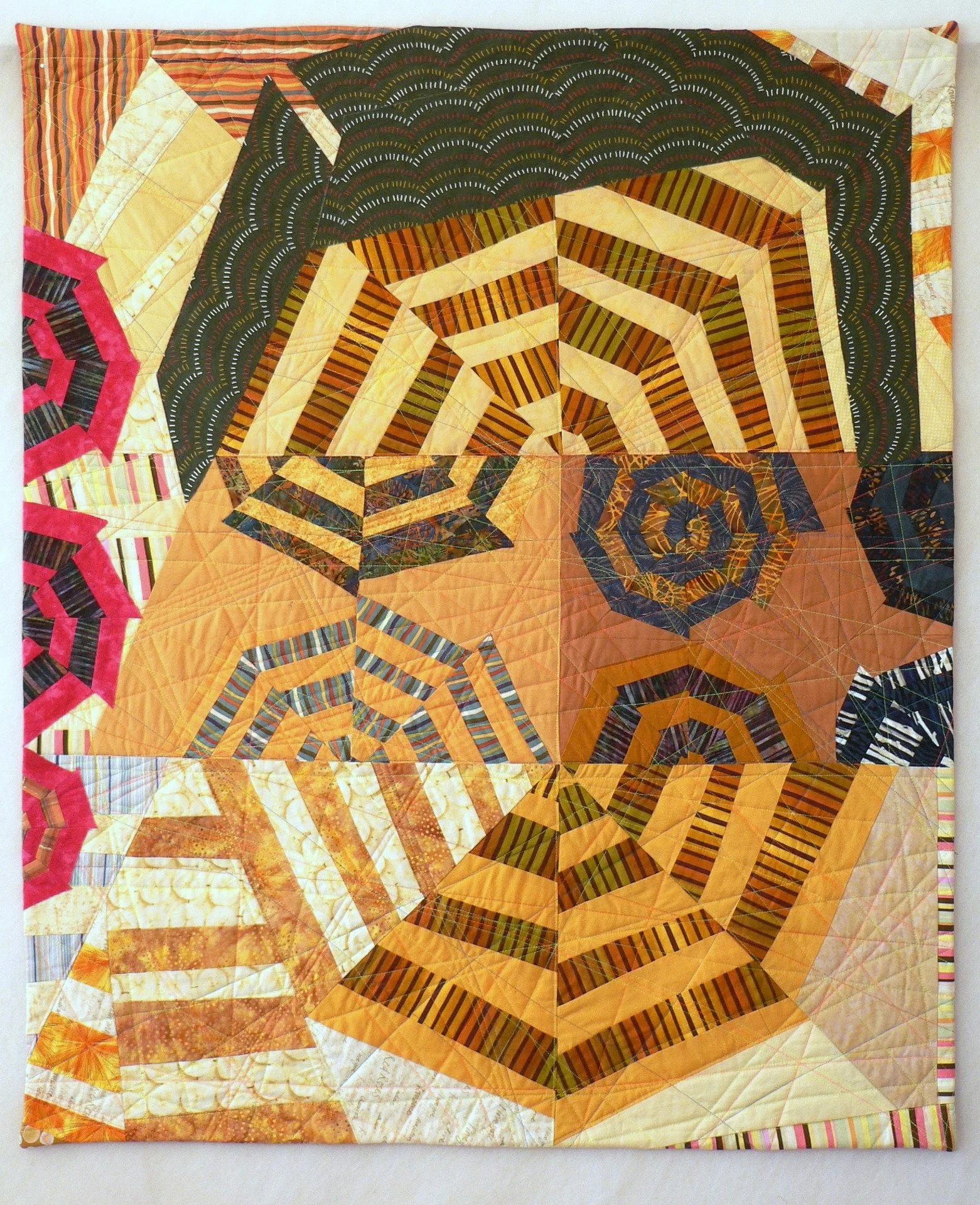
Nancy Bardach, Bravo! Brava!, 2018, cotton fabrics, batting, texturing threads, 41" x 34" x 0"
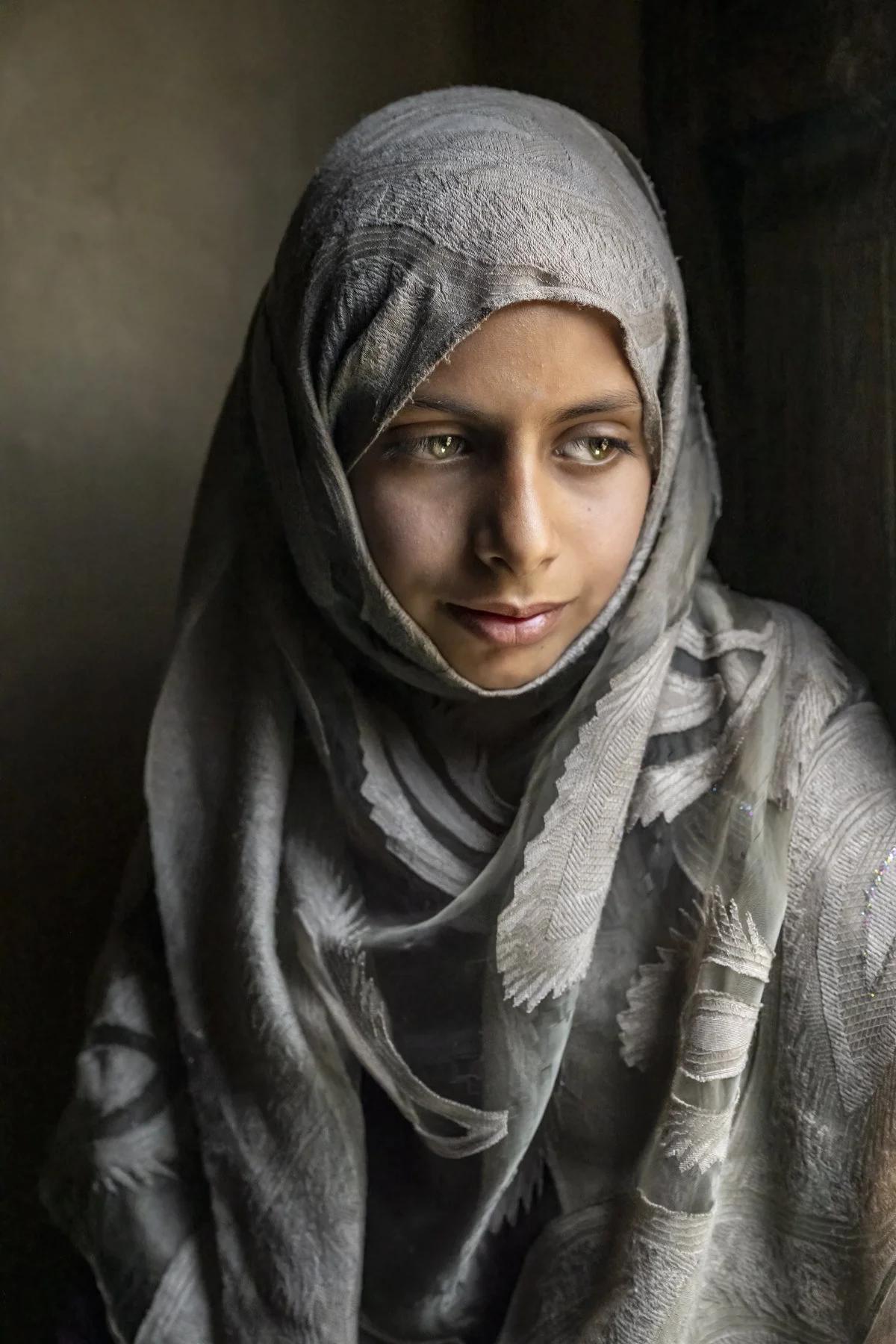
Carol Thomas, Young Kashmiri Girl, 2025, photography, 20" x 16" x 1"
Joy
Jeff Downing, Skipjack, ceramics
Joy celebrates visual-art’s ability to uplift our spirits by showcasing six Bay Area artists embracing positivity in diverse and thoughtful ways. Each connects with joy through their own path—whether rooted in lived experience, a relationship with creativity and materials, or from an intent to awaken a sense of wonder in the viewer. Together, their works form a radiant chorus that affirms joy as both personal and universal, playful yet profound. Visitors are invited to step into this exhibition with an open heart, ready to receive and to enjoy.
Featuring Artists
Melanie Christie, Jeff Downing, Emily Dvorin, Bonnie Kuhr, Stephanie Mohan, Yusuf Ssali
Curator
Susan Press, curator, artist, teacher
The Art of Giving: Small Works Exhibit
Call for Entries.org
Apply by: October 16, 2025
Theme:
Art Works Downtown invites artists to share their gift of creativity in The Small Works Exhibit, an annual offering of quality fine art to holiday shoppers and the art-loving public. This dynamic showcase will feature over 80 unique artworks in the award-winning Gallery 1337.
Jurors:
Tara Esperanza and Andrea Guskin, Artist Curators, Mercury 20 Gallery
Artwork Requirements (abbreviated):
You must live in the SF Bay Area, within 100 miles of San Rafael, California.
Size limit: artwork must be smaller than 18”x18”x18”; including frame and all materials.
Open to all visual arts media.
Original artwork only. No giclées or reproductions. Editions are acceptable if they are original.
Artwork must be for sale.
Apply through Call For Entries.org. AWD will not accept hardcopy, email, or disk submissions.
Application fee:
$40 for up to 3 entries. Discount provided to AWD Artist Members. Join today!
Exhibit Schedule (abbreviated):
October 16: entries due via CallForEntry.org
October 23–24: notification by email
November 15–16: 10am–4pm: deliver artwork
December 12 and January 9, 5–8pm: receptions
January 29–31, 12–5:30 pm: retrieve artwork


